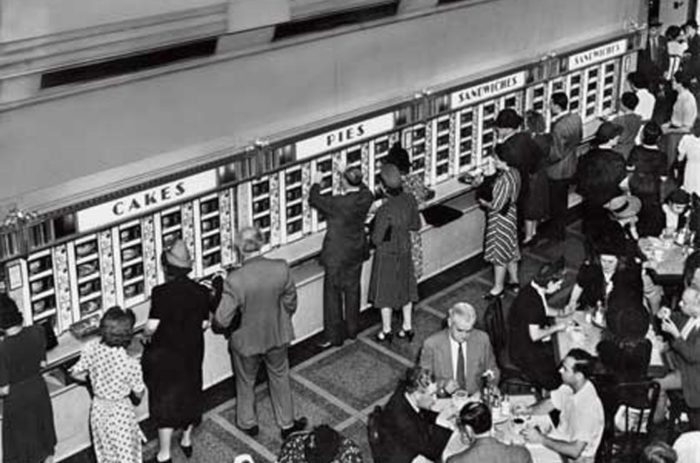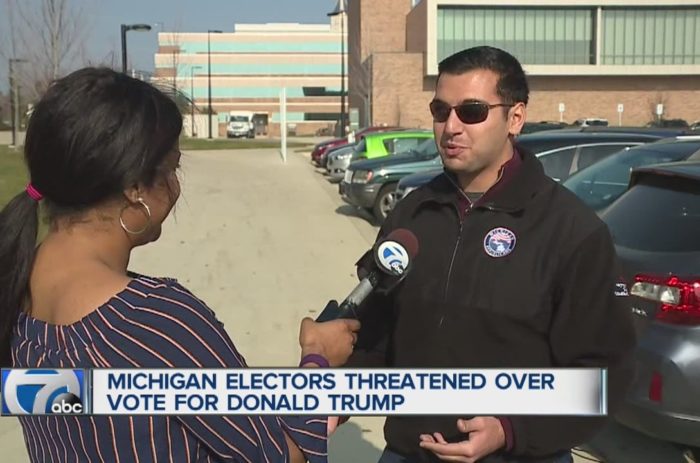The following is an excerpt from OpinionJournal’s “Best of the Web” at WSJ written by the editor, James Taranto.
 And Another Father
And Another Father
“George W. Bush: Clinton’s My ‘Brother From Another Mother’ ”—headline, TheHill, Nov. 13
In Defense of Low Turnout
A predictable New York Times editorial—you’ll pardon the repetition—bemoans “the abysmally low turnout in last week’s midterm elections.” It “was bad for Democrats, but it was even worse for democracy,” the editorialists moan.
The editorial is accompanied by a chart, which somewhat belies the complaints. For one thing, the states with the highest turnout were Maine and Wisconsin, both of which re-elected conservative Republican governors in races that were expected to be close. A triumph of democracy? Naturally, the editorial doesn’t say.
If you look at the chart, a pattern becomes clear. The state with the lowest turnout was Indiana. To conclude that Hoosiers are the least civic-minded people in America would be uncharitable and wrong. It seems obvious the reason few bothered to vote is because there was so little to vote on. Indiana elects its governors in presidential years, had no Senate election this year, and, according to the Times’s own analysis, had no House races that were expected to be close.
Virtually all the states with below-average turnout were ones without competitive races for governor or senator. Among them were California and New York, where Democratic governors won easily and no Senate seat was up, and Texas, where Republican candidates lacked serious challengers for both offices. California and Texas are the two most populous states, and New York is officially No. 3 (though it’s possible Florida has overtaken it). So the low national turnout—“the lowest in seven decades,” per the Times, is skewed by their dull contests.
Perhaps the most interesting bit in the editorial—a low standard, we know—is a parenthetical concession:
The turnout among young and minority voters was slightly higher than it was in the 2010 midterms, perhaps reflecting new organizing efforts, but the number remained far too low. (Republicans have continued their effort to suppress the turnout of young, poor and minority voters, although it was hard to make a definitive link between those laws and Democratic losses this year.)
The Times editorialists’ description of antifraud measures’ objective is tendentious, but they are forced to admit there isn’t even evidence that those measures have the purported effect.
[NOTE: The excerpt above is from the Nov. 13 BOTW archives.] For more “Best of the Web” click here and look for the “Best of the Web Today” link in the middle column below “Today’s Columnists.”



